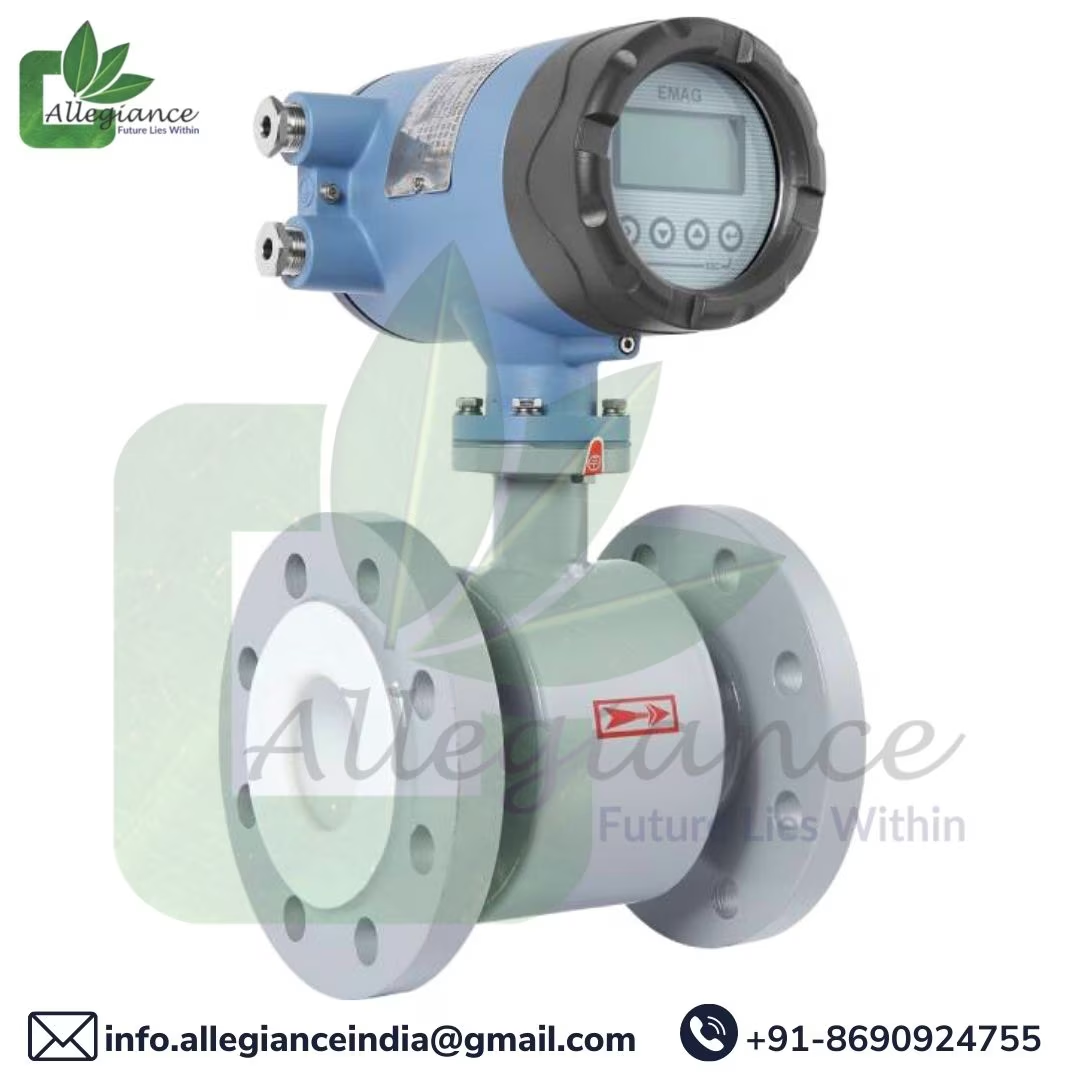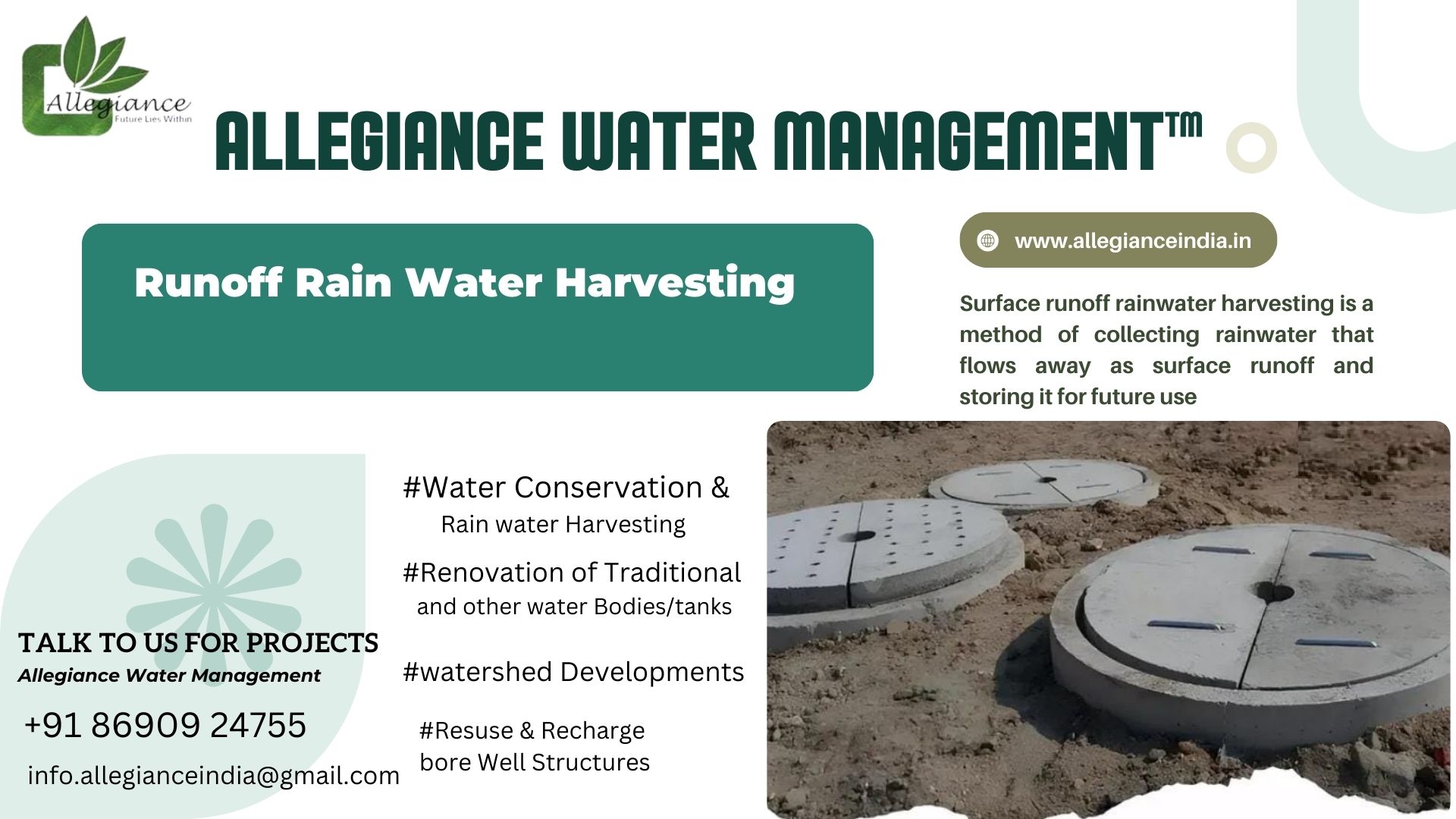Injection well Technology is the most effective in capturing surface run off both from plain open loose area or from storm line and filtering in two stages by filtering rainwater through 4 stages of filtration through Silt Trap and Injection well. The silt traps takes care of most impurities in the first stage itself, as it has 40 mm gravels, 10 mm pebbles, charcoal, activated carbon and coarse send and horizontally fixed V wire non clogging SS screen of 500 mm length and 150 mm dia. Rainwater then flows through main Injection well where it flows by gravity through 40 mm gravels, 10 mm pebbles, charcoal, activated carbon and coarse send and vertically placed V wire non clogging SS screen of 500 mm length and 200 mm dia. on the recharge bore well. Air vent from bore well and main well is kept at center. The main well is designed to do maintenance whenever is required. As such the filtration media only needs cleaning once in a year Silt Trap and Injection well. The best technology to have head pressure by the way of water column to ensure fast recharge of ground water and recover the water levels in Aquifer. Allegiance water Management; India's passionate Rainwater Company.
Send Message




